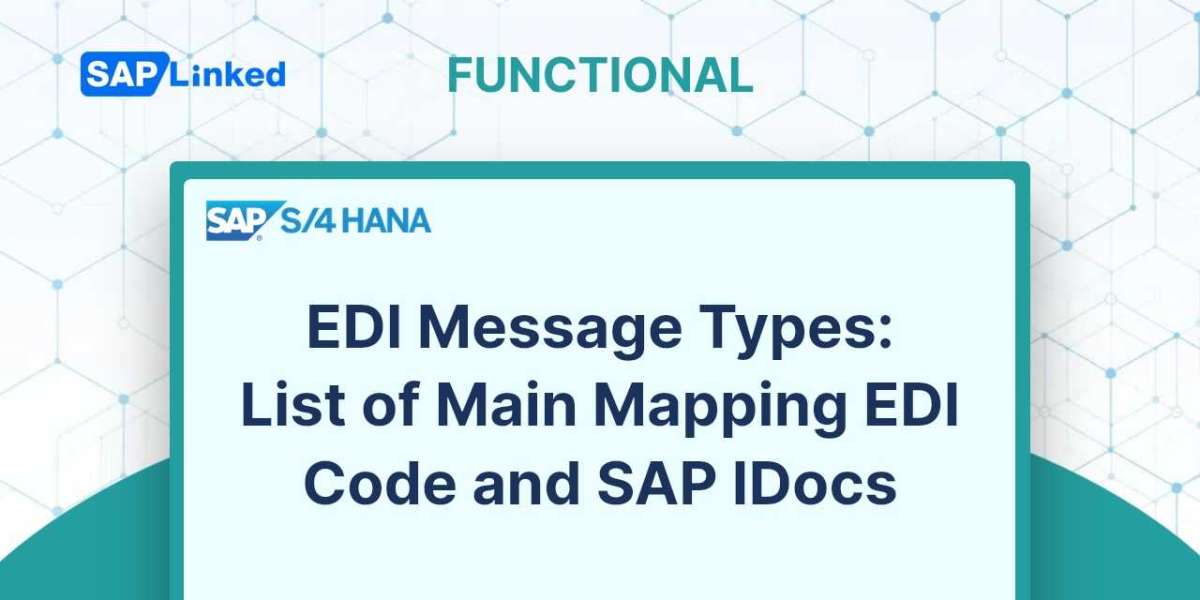Master data for SAP SD output is crucial in SAP. The print forms, emails, and other output documents that SAP issues are correct because they are based on valid and accurate output master data. You can select when, how, and which business partners of your customers you wish to communicate with in SAP SD Output Master Data.
There are several ways you can provide data from a SAP system to a client:
- Printout
- Fax
- Telex
- External Send - With this option, you can send the desired outputs to the client electronically
- EDI, or Electronic Data Interchange, is a messaging system that uses an Intermediate Document (IDoc) interface. Business application papers are exchanged with an external partner system using EDI. EDI makes it possible to communicate with non-SAP systems.
- Distribution (ALE): ALE facilitates the distribution of data between SAP systems.
- Tasks and Events: SAP Business Workflows.
- Special Function: This feature enables you to design your own programs that specify how the SAP system should produce output when a specific business event occurs.
The main transactions involving master data for SD output are as follows:
- VV11 / VV12 / VV13 – Create / Change / Display Output for Sales Document
- VV21 / VV22 / VV23 – Create / Change / Display Output for Shipping Document
- VV31 / VV32 / VV33 – Create / Change / Display Output for Billing Document
- VV71 / VV72 / VV73 – Create / Change / Display Output for Shipment Document
How to Create SD Output Master Data
Type VV11 in the transaction command field or use the SAP menu to navigate.

Figure 1 Navigating to the Output Master Data page in SAP SD's menu.
When you initiate the output master data transaction, the following page will be displayed:
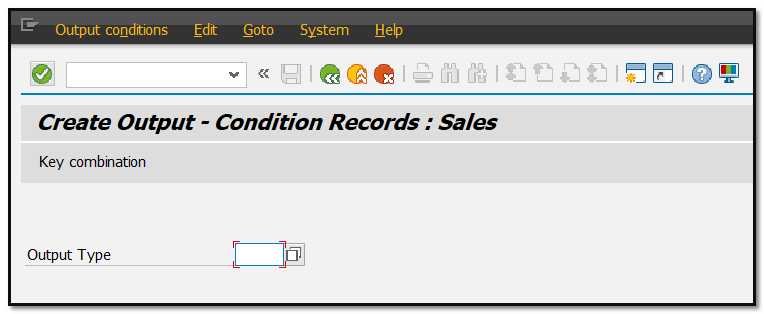
Figure 2 Output Master Data – Initial Screen
When you click the button or press F4, a list of standard and custom output types will appear. You must choose one type in order to create a new record.

Figure 3 Output Master Data – List of Condition Types
Please select the required output type and press Enter.

Figure 4 Output Master Data – Initial Screen – BA00
Once you've selected the output type in SAP, a dialog box will appear where you can set the respective key combination for the output master record. These key combinations vary across scenarios and should be configured as needed in the system customizations.
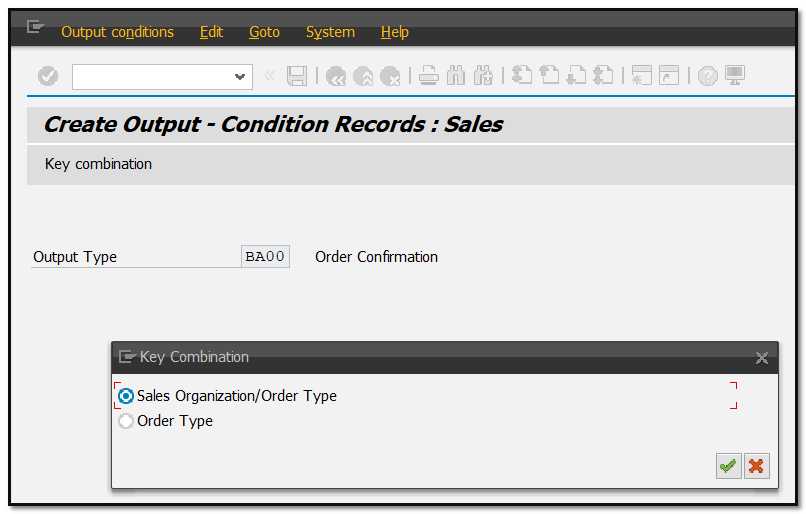
Figure 5 Output Master Data – Key Combination
For the BA00 "Order Confirmation" output type, configuration settings are providing two possibilities for maintaining output master data in the SAP system.
If you press the "Key Combination" button, the same dialog box will appear. Select the required combination and press Enter or click green tickmark on the dialog box to continue.
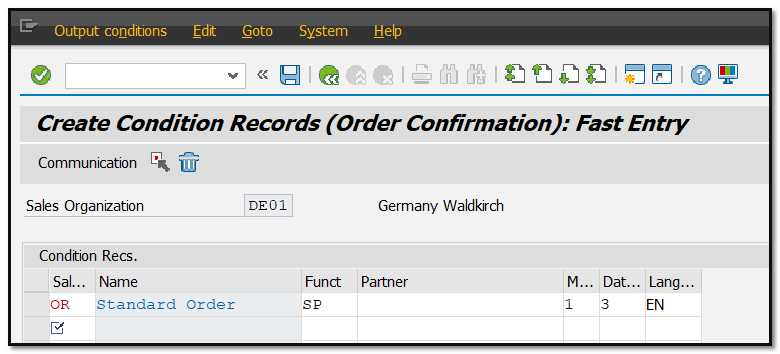
Figure 6 Output Master Data – Sample Data
When inputting data on the master output screen, enter the sales organization, type of sales document, and language. Based on the configuration settings, the following fields will automatically be populated.
- Partner Function
- Transmission Medium
- Dispatch Time
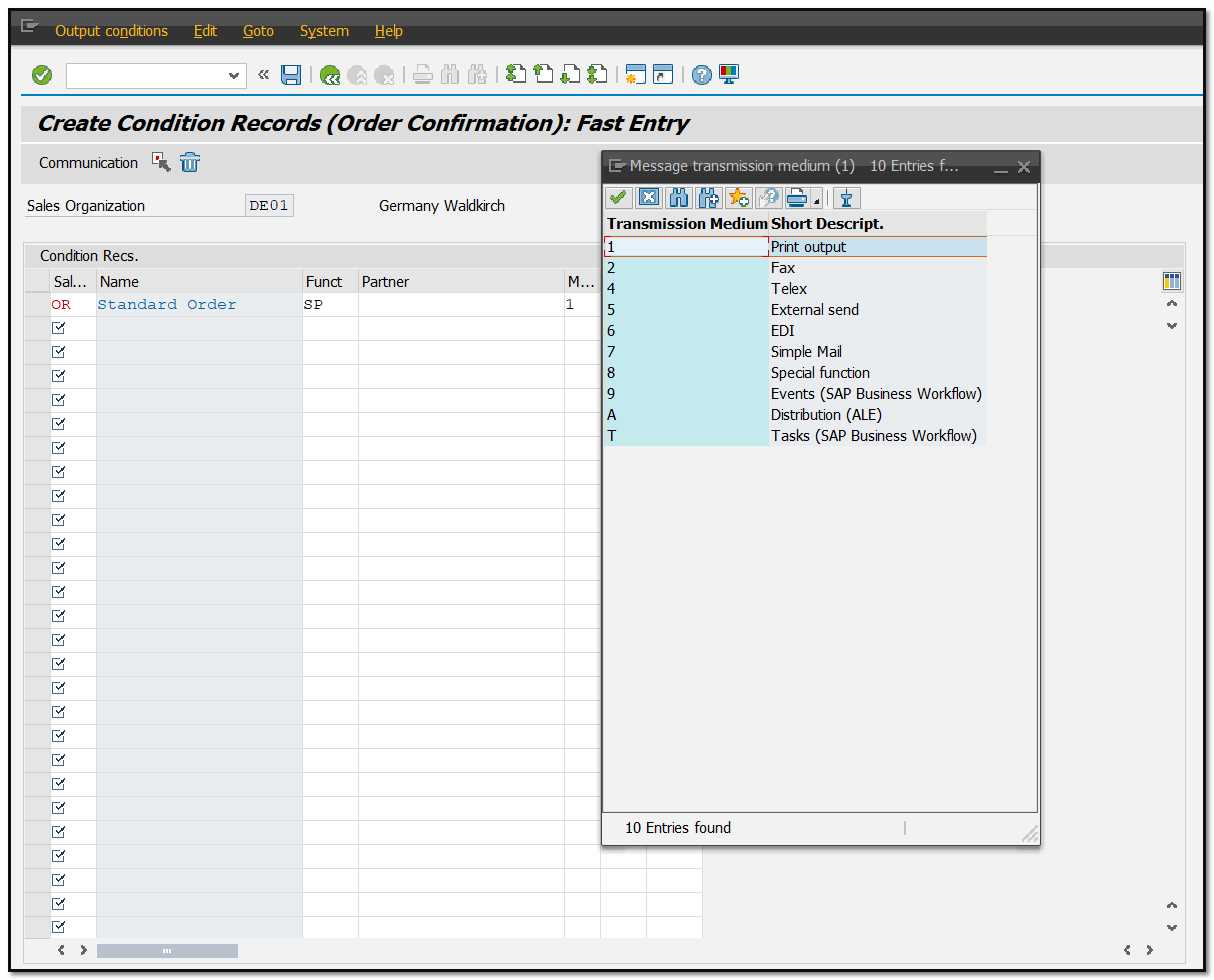
Figure 7 Output Master Data – Transmissions Medium Options
Pressing the button or F4 key brings up a menu of output formats, dispatch Time / Date and languages.
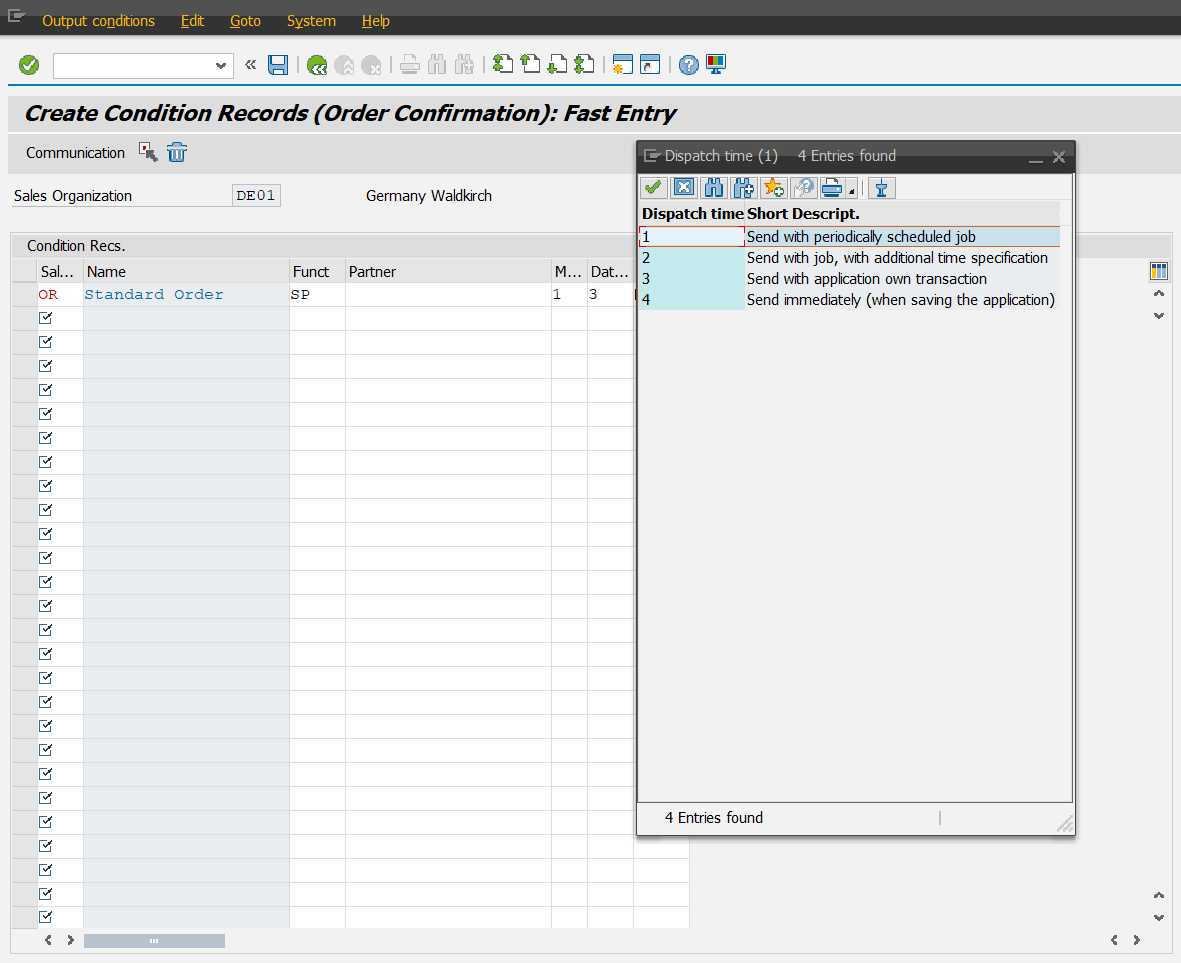
Figure 8 Output Master Data – Dispatch Time Options

Figure 9 Output Master Data – Selecting a Record
Select a line in the Entry Screen by moving your cursor to the desired line and pressing the key "Select" or F9.
You can access the Communications screen by pressing F2 or the "Communication" button.

Figure 10 Output Master Data – Communication Data
On the communications screen, you can manage details like output device setup, whether or not to print a SAP cover page, if prints should be processed immediately, how many messages are needed, who the intended recipient is, their department, and the desired printing settings.
If the master data was arranged across multiple lines and output types, you can use these "Previous/Next Output" buttons to navigate between the previous and next set of output records.
To delete any of the master data records, select the line containing that record and click the "Delete" button.
After you have finished adjusting and updating the values in the SD output master data record, make sure to save it.
You can check the behavior of this output in sales order in the article "SD Output Master Data in a Sales Order"



